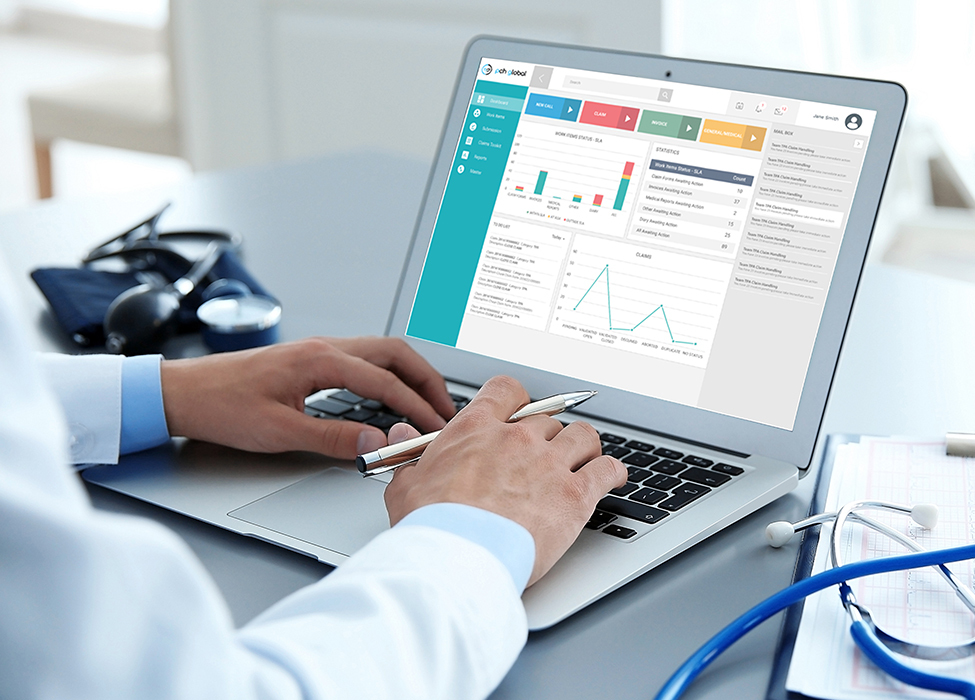The relationship between providers and payers has often been seen as fraught with tension and mistrust built between the two parties. However, this is a common misconception. Providers and payers continually work toward a more collaborative relationship, using technology as a way to enhance their collaboration.
While there may be challenges between providers and payers, technology has smoothed the path, making it significantly easier for the parties to communicate and share data. Automated claims processing has proven to be an effective tool for both providers and payers to streamline processes, quicken outcomes, and enhance communication. Through this healthy collaboration, providers and payers can create a better experience for all stakeholders.
How Providers and Payers Interact
Providers work one-on-one with patients building strong relationships with their patients, providing care and treatment, and ultimately submitting claims to payers for reimbursement of services. Payers can provide a different viewpoint, while considering patient care, they focus on financial risk management. By combining these two experiences, providers and payers work toward a common goal of providing quality care, enhancing patient engagement, and achieving revenue goals and reduced costs.
The general interaction between provider and payer is a tale as old as time in modern America. When a patient wants to set up an appointment with a provider, the provider will confirm if they accept the patient's insurance along with confirming any pertinent benefits. Assuming the provider accepts the patient's insurance, the patient will then visit the provider, wherein the practitioner will detail notes regarding the patient's health and subsequent needs. This medical record is directed through coding, billing, and claim generation prior to sending to the payer. The payer receives the claim, reviews, accepts, suspends, or denies it. That’s the story in a nutshell.
The relationship between provider and payer is constant, both entities looking to save costs while providing the best customer experience they can.

The Challenges on the Road to Collaboration
Despite providers and payers having a collaborative relationship, there are still many challenges that they face including:
Difficulty sharing data and communicating - Payers and providers need to have the technology available to share data and communicate easily. Without this technology, the entire process could be quite lengthy. Exela’s automated claims processing solution provides a mechanism for digital exchange of documents and communication, and identification and correction of certain-to-be-denied claims, simplifying the process to be smooth and efficient.
Delays in communication - Traditional communication involves mail and telephone, both of which may cause delays in sharing information and can be difficult to track. On the other hand, a digital communication channel enables 24/7 contact and provides an auditable trail if either party needs to refer back to any previous communication.
Inefficient manual work - Paper documents are still common in the healthcare world creating manual work and delayed processing. Going digital enables efficient and accurate processing, while enhancing user experiences.

Automated Claims Processing Saves the Day
The answer to helping payers and providers create a more seamless collaboration is technology, specifically automated claims processing. Exela's PCH Global solution enables claims processing, optimizing the claims submission process driving successful reimbursement outcomes. PCH Global performs eligibility checks, clinical validation, and automates claims editing and submission. For payers, PCH Global offers automation of the full claim cycle including enrollment, claim submissions, processing adjudications, and processing payments.
PCH Global provides direct digital communication between all parties resulting in reduced friction and streamlined processing. Exela's automated claims processing platform can reduce pended claims by more than 30%, reduce claims redetermination requests by 21%, and reduce clinical edit exceptions by 24%.
By using PCH Global, providers and payers can easily communicate, manage claims, and collaborate to ensure that both parties are satisfied. It's time to create a beautiful alliance between payers and providers with automation leading the way.
Technology Paves the Way to Success
A successful collaboration can provide the best reimbursement outcomes for payers, providers, and patients. Communication is the first step to collaboration and automation can smooth out any bumps along the way. Automated claims processing such as Exela’s PCH Global can provide the leverage all parties need in order to overcome many of the challenges collaboration comes with. Make this collaboration a win-win with Exela’s PCH Global.


